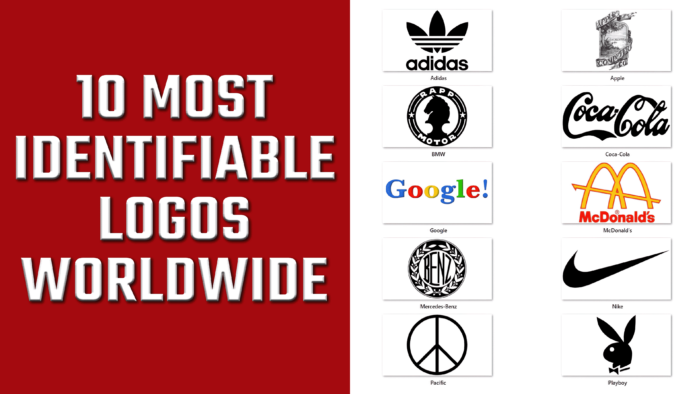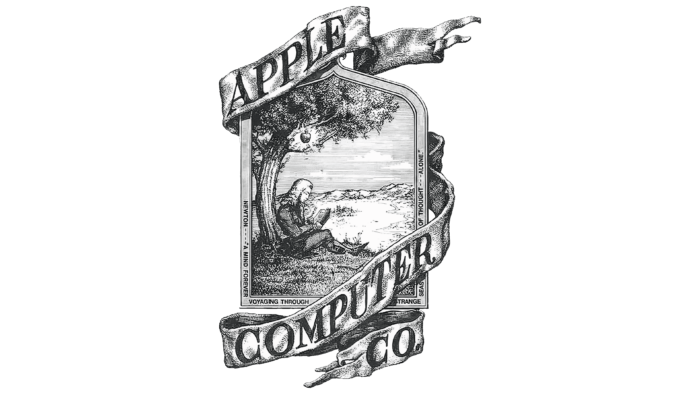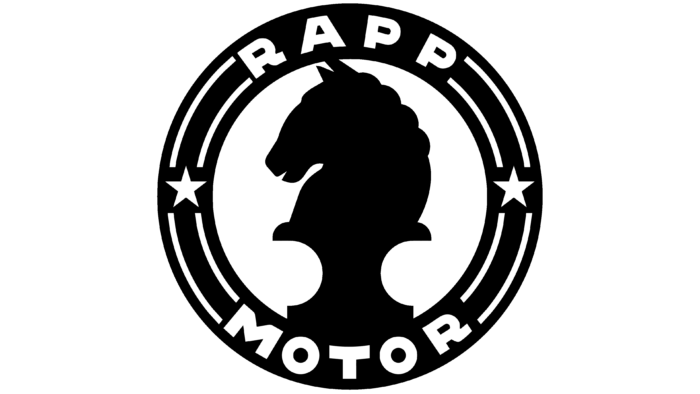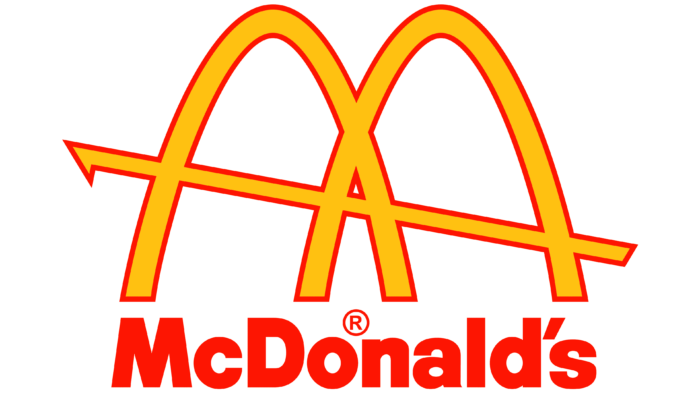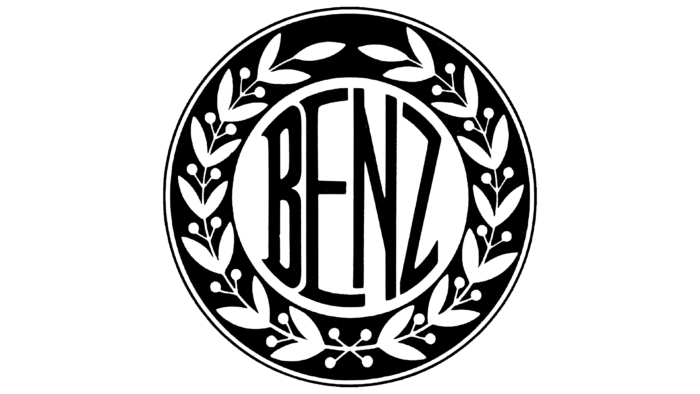Possession of a bright, memorable emblem at times increases the efficiency of activity and commercial success. First of all, the logo allows you to get the first and often fundamental idea of the company’s attitude to its corporate identity. With its help, the identification of the owner in a competitive market environment is formed, helping to create a visual image of the brand even before getting acquainted with the proposal itself. However, creating a truly memorable and vivid visual image is not an easy task, requiring appropriate knowledge and skills, as well as a creative approach.
Considering the history of the development of this direction, we can notice that, especially often, masterpieces of visual identification appeared due to a coincidence of circumstances. But this game of chance today can be used for good, having studied all the previous reasons for the appearance of such successful logos and applying these lessons in a creative and professional approach to new developments. A list of today’s most recognizable brands – owners of unique and particularly attractive logos – confirms this.
Adidas (1967)
The logo of the world-famous manufacturer of sports shoes – the Adidas company – was invented by Edy Dassler – CEO of the company, in 1967. However, the stripes were first used back in 1947, which caused a dispute with the Finnish company Karhu Sports. The problem was solved for 1,600 euros and two bottles of whisky. In 1971, a shamrock was added to the Adidas logo, and in 1991, the stripes became slanted, forming the image of a mountain peak. The modern version – a circle intersected by curved three stripes – appeared in the early 2000s. The stripes reflected the design features of the shoe, ensuring its durability. The trefoil symbolized the diversity and international focus of the brand: each of the leaves symbolized the part of the world in which the company sold its products – North America, Europe, and Asia.
Apple (1976)
One of the most recognizable logos around the world is the emblem of the American manufacturer of personal and tablet computers, software with a graphical interface, smartphones, and audio players – Apple Corporation. Founded in 1976 by Steve Wozniak, Ronald Wayne, and Steve Jobs, it immediately announced itself with the original logo, made in a minimalist style and striking everyone with its brevity. The success of the emblem was so overwhelming that the bitten striped apple with a twig and a leaf practically did not change as the emblem of the brand to this day. Recently, the Apple logo has only been brought up to date and digitally processed, gaining clarity of line, the richness of its black paint filling its entire space instead of stripes.
BMW (1913)
Today, it is not easy to find a person who would not know what the emblem of the world’s leading automaker – the German brand BMW (Bayerische Motoren Werke AG) looks like. Founded in 1916 by Carl Friedrich Rapp and Gustav Otto in Munich, today it tops the list of the world’s largest automobile companies. Its emblem is directly linked to the history of the company, which began as a manufacturer of aircraft engines. The central element of the composition of the round emblem is a small circular sector divided into four identical segments, made in white and blue colors in a diagonal design. These colors correspond to the flag of Bavaria, where the history of the company began, which was a tribute to its history. However, their placement is done in reverse order. The composition is said to resemble a rotating propeller, which also links the brand to its historical past, emphasizing roots and experience. The larger circle of the BMW logo contains the text abbreviation of the name. The latest update features a minimalist design and the transparency of the large sector’s interior, symbolizing the mobility of the future.
Coca Cola (1886)
The most successful and viable was the suggestion of Frank Robinson, a friend of the founder of the American giant food corporation Coca-Cola, to create the Coca-Cola trademark and logo. Time has shown the correctness of the statement that the two letters C in his design would be a great eye-catcher. For 130 years, the emblem has remained virtually unchanged. Spencerian-shaped font, popular in the late XIX – early XX century in American business correspondence, the fancy lower tail of the first C, and the upper curl of the second – all these are the elements that have ensured the invariability of brand recognition. Since 1958, the letters began to be executed in white color on a bright red background. The lower white wave, adopted in 1969, will return and take its original form in 2007.
Google (1998)
The popularity of another American multinational corporation, Google, is not even worth talking about. The company, founded in 1998, and its logo are now known to every child who has just learned to find cartoons on the Internet. The attractiveness and originality of this brand were laid down when the name was formed – Google, which means one with one hundred zeros. But the accidentally lost letter “O” was never returned, providing the name with its original sound. The first Google logo was created by Sergey Brin, one of the company’s founders. Its modern interpretation is a colorful, multicolored version of the traditional text module – the name of the brand, in which the letters are made in bright corporate colors – blue, red, green, and yellow in force of the visualization of the current owner of the brand – Alphabet Inc. since 2015. The text is in Product Sans font.
McDonald’s (1962)
The world’s largest restaurant chain McDonald’s was founded in 1940 by Dick and Mac McDonald in Oak Brook, Illinois, USA. Today, there is probably not a single person in the world who has not at least once tried the products of this brand. Its logo is known all over the world despite the fact that there are no restaurants in this chain yet. The emblem of the brand is a stylized letter M, made in gold. This execution gave the logo its name – “Golden Arches.” To create a clear image and provide contrast, each element of the sign was highlighted with a rich, bright red border. This combination of colors contributes to the formation of an increased appetite. Below the sign is the full company name in bright red in round, dense sans-serif font.
Mercedes Benz (1909)
In 1926, Karl Benz, Gottlieb Daimler, and Wilhelm Maybach founded the German automobile company Mercedes-Benz in Stuttgart, which later became one of the leading manufacturers of high-tech modern cars. Its emblem is known to everyone. The company was formed as a result of a merger of firms Benz & Cie and Daimler-Motoren-Gesellschaft. The first emblem with a star was a drawing by Gottlieb Daimler, made in 1909. After updating in 2011, the emblem acquired volume, and the color became steel-gray with shadows, imitating the shine of metal. The emblem is a circle, symbolizing the steering wheel, placed on a traditional three-pointed star. Below the emblem is the full brand name in a beautiful Serif typeface, slightly compressed in width. The thin, classic letters provide high definition and readability in typographic or digital versions.
Nike (1971)
In 1964, the company Blue Ribbon Sports was registered, and 14 years later, it changed its name to the world-famous Nike sportswear brand. Today, it is the most expensive sports brand that does not need additional representation, the emblem of which is not just a reflection of quality. The company logo has become an element of style and confirmation of the high status of the owners of such clothes. The most famous emblem was developed by a young designer, Caroline Davidson, who received $37 for her work. The inspiration for the creation of the Jeff Johnson emblem was the image of the goddess Nike. But the well-known to all “tick” was not the only project. Her appearance was the result of the fact that the designer was dissatisfied with his variants of the brand, irritably crossing them out. This black stroke became famous and one of the most recognizable logos today.
Pacific (1958)
“Bird’s Foot,” “peace cross,” or Pacific, created in 1958 by Gerald Holtom, became a worldwide emblem for peace, disarmament, and anti-war movements, including the hippie movement popular in 60s America. Designed for the nuclear disarmament movement in Britain in 1958, the logo became an international emblem. It represents the outline of a circle, within which are short lines that resemble the footprint of a dove’s foot – a bird symbolizing peace. The color of the logo is black, which ensures the convenience of its execution and placement on any surface and guarantees readability, including in typographic and digital versions.
Playboy (1953)
The founder of another recognizable American brand – the erotic magazine Playboy, in 1953 was editor Hugh Hefner. In the same year, the world-famous rabbit emblem appeared, designed by designer and artist Arthur Paul. The monophonic silhouette of the head of a long-eared black character with an imposing butterfly gained the widest popularity. The choice in favor of the rabbit embodied the playfulness and boldness characteristic of the magazine, to which the bow tie gave sophistication. At the same time, this animal is characterized by sexual activity and vigor, which perfectly illustrates the magazine’s characteristics. The bow tie spoke of the presence of intelligence.
